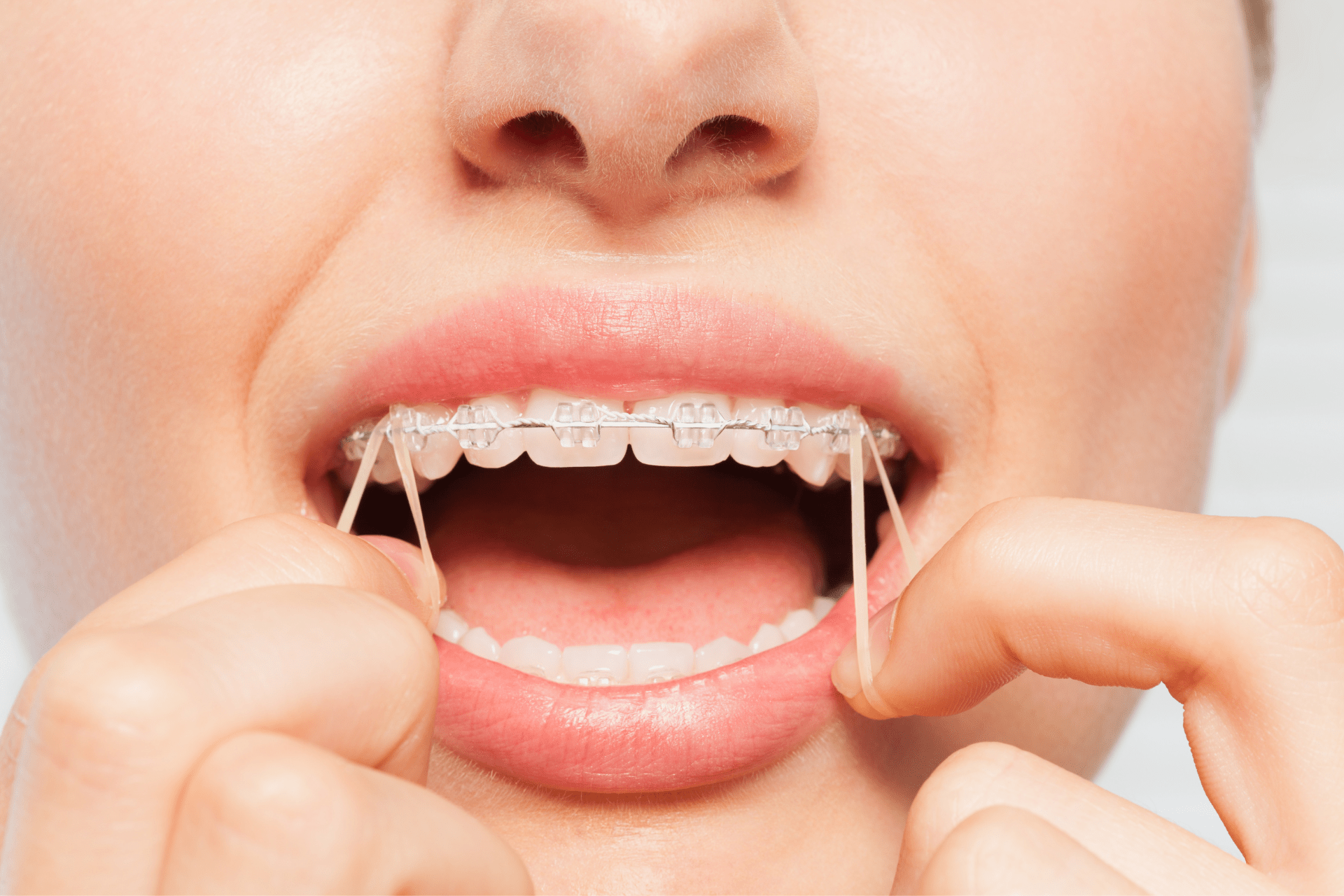Discovering the Right Cumming Orthodontist for Your Braces and Aligners Requirements
Discovering the Right Cumming Orthodontist for Your Braces and Aligners Requirements
Blog Article
Comprehensive Overview to Orthodontics Procedures for Fixing Oral Imbalances
Comprehending the ins and outs of each treatment, including their mechanisms, advantages, and prospective disadvantages, is crucial in making notified decisions about one's orthodontic treatment. As we navigate through the detailed guide to orthodontic procedures for fixing dental misalignments, the complex details of each approach will unravel, dropping light on the path toward a useful and unified dental positioning.
Orthodontic Procedures Introduction

Normal adjustments and surveillance are vital parts of orthodontic therapy to make certain progression is on track and to make any needed adjustments along the method. By undergoing orthodontic treatments, patients can not only achieve a straighter grin but also enhance their overall dental health and wellness and function.
Traditional Braces: Just How They Work
When considering orthodontic treatments for oral imbalances, typical dental braces stand out as a tried and true technique for remedying teeth positioning. Typical braces are composed of brackets, wires, and bands that function together to apply constant pressure on the teeth, slowly moving them right into the wanted placement.
As stress is used to the teeth through the dental braces, the bone bordering the teeth is reshaped to sustain the new tooth positions. Patients will certainly require regular adjustments at the orthodontist's workplace to make sure the braces proceed to apply the proper stress for reliable teeth motion.
Undetectable Aligners: Cons and pros
These clear, personalized trays are practically undetectable when put on, making them an attractive choice for individuals seeking an extra visually pleasing orthodontic treatment. Clients can get rid of the aligners prior to eating or brushing their teeth, reducing the threat of food getting stuck in the appliance and simplifying the cleansing procedure.

Surgical Orthodontic Options
Surgical treatments in orthodontics existing practical alternatives for addressing intricate dental imbalances that may not be successfully dealt with via traditional orthodontic treatments. While unseen aligners and conventional braces can fix several orthodontic problems, particular situations need medical treatment to accomplish ideal results. Surgical orthodontic choices are typically suggested for serious malocclusions, substantial jaw discrepancies, and instances where the underlying bone framework requires adjustment to accomplish proper positioning.
One usual medical orthodontic procedure is orthognathic surgical treatment, which includes rearranging the jaws to correct functional concerns such as trouble talking or chewing. This surgical treatment is often performed in cooperation with an orthodontist who helps align the teeth before and after the treatment. Surgical orthodontics might also involve treatments to reveal affected teeth, remove excess gum tissue, or reshape the jawbone to create a much more unified facial account.
Before thinking about medical orthodontic options, clients undergo an extensive examination to establish the necessity and potential advantages of such treatments. cumming braces. While surgical treatment may seem daunting, it can significantly boost both the function and looks of the smile in cases where standard orthodontic treatments fail
Retainers and Post-Treatment Treatment

Failing to comply with post-treatment care directions can result in regression, where the teeth progressively move back in the direction of their initial positions. Regular retainer wear, good dental hygiene, and routine dental check-ups are vital for maintaining the outcomes achieved through orthodontic surgery and ensuring the long-term security of the corrected oral positioning.
Conclusion
To conclude, orthodontic procedures supply different options discover this for correcting oral imbalances. Conventional dental braces use metal braces and wires to change teeth into correct placement. Unseen article source aligners give an even more very discreet choice however may not appropriate for all cases. Surgical orthodontic alternatives are readily available for a lot more extreme misalignments. Retainers are commonly utilized post-treatment to preserve the brand-new placement. On the whole, orthodontic procedures can successfully enhance oral health and aesthetic appearance.
As we navigate through the thorough guide to orthodontic procedures for dealing with dental misalignments, the detailed details of each method will certainly unravel, dropping light on the course towards a harmonious and functional oral alignment. - cumming braces
One of the most typical orthodontic treatments is the use of braces, which consist of steel brackets and cords that use gentle stress to slowly move teeth into the preferred setting.When thinking about orthodontic therapies for dental misalignments, typical braces stand out as a tried and true approach for fixing teeth placing. Furthermore, unseen aligners might not be suitable for complicated orthodontic problems that need more substantial teeth activity, as they are usually suggested for moderate to moderate instances. Retainers are customized orthodontic tools designed to hold teeth in their dealt with settings after the conclusion of orthodontic therapy.
Report this page